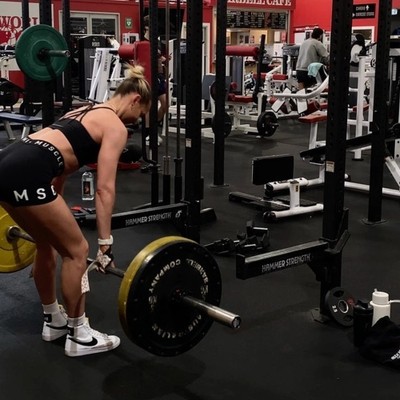
The Best Workout Splits for Women
Posted by Dayne Hudson
Estimated reading time: 5 minutes

I think there’s a lot at play here, historically women have been known as the “fairer” sex, which seems to have been misinterpreted as “weaker” somewhere along the line. That outdated belief, combined with advertising and commercial giants capitalising on the gender stereotypes has made us all believe that exercise for women needs to be significantly different to exercise for men.
We’ve even managed to create dialogue synonymous with “womens exercises”. How often do you hear a man say he is exercising for the following reasons: Toning, trimming, slimming, shaping, tummy tightening, belly-busting, or booty blasting?

The last decade has seen a huge positive shift. I don’t often credit social media for anything, but it has certainly normalised resistance training and challenged perceptions around how women should exercise – which is a positive for everybody.
Despite our physiogical differences, both men and women respond to resistance training in the same way. A recent systematic review and meta-analysis found “that males and females adapted to resistance training with similar effect sizes for hypertrophy and lower-body strength, but females had a larger effect for relative upper-body strength”. The latter is accounted for by considering that pre-training levels of muscle size and strength are generally greater in the male participants, independent of training status.
The results are very interesting, as it was always thought that because men produce significantly more testosterone than women, particularly after resistance exercise, they had the advantage in the weight room. The role of testosterone has been called into question for its role in muscle growth however, with a recent review finding “acute resistance-training-induced hormonal elevations seem not to be directly related with muscle growth”. Testosterone or not, women can get them gains too!
Find out which type of squats are best for women.
A great example of this is elite level female athletes, who typically hold quite muscular figures. The female CrossFit athletes perform all the same resistance exercises as their male counterparts and as a result, grow significant amounts of muscle.
So if women respond to training stimulus the same way that men do, then what’s to stop you from getting “bulky”? You are.
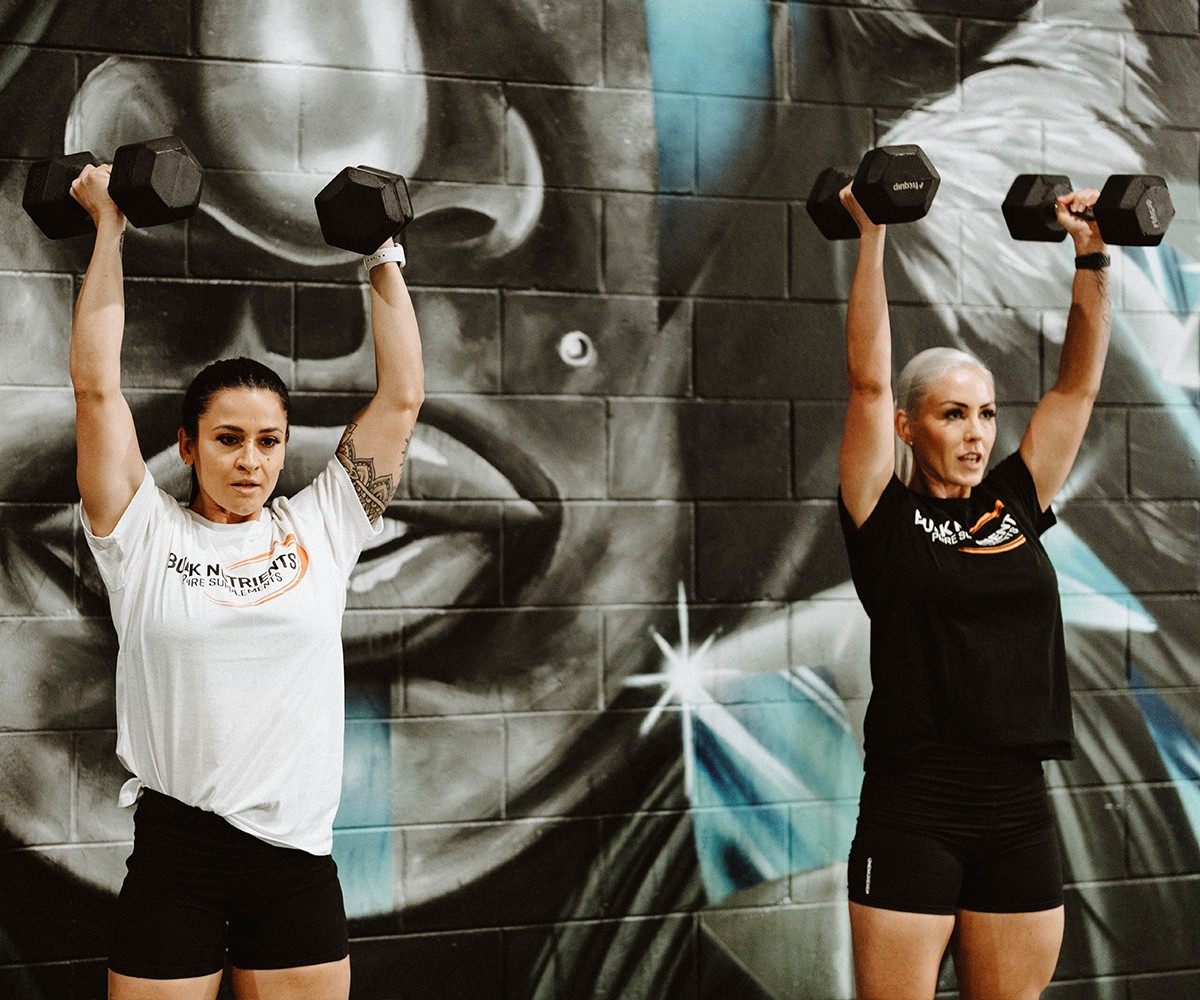
Remember that ultimately, your diet will dictate if you continue to grow muscle, maintain the body composition you have, or lose fat. If you’ve reached a point where you look at your figure and decide that you look exactly how you want, you can shift towards a diet for maintenance. Here your calorie input is balanced with your energy output, and provided that you keep exercising, you will maintain your current figure.
In reality, gaining muscle at a steady rate over a long period is not as simple as it appears on the surface, with your body clever enough to adapt to repetitive stimuli and dietary intakes to essentially plateau further muscle gain. You may have heard talk about “shocking the muscles into growth” when the discussion around programming and muscle growth arises.
Similarly, you may have heard of “de-training”, short-term dietary “breaks” and increasing calorie intake whilst continuing to lose weight. All of these processes are to side-step the natural adaptations your body makes as you modify your habits.
The hot tip here is that no one is ever completely happy with their figure, and you’re more likely than not always going to be working on at least one aspect, even when you’re in your best condition. Realistically, there’ll probably never be a point where you look in the mirror and say “I’ve put on too much muscle”.
The female CrossFit athletes mentioned earlier are eating big and training intensely to develop those figures, which helps give them an edge in the competition. They certainly aren’t on 1000-calorie-a-day diets!

This is the real question because you want to design your training protocol to reach your goal as efficiently as possible.
Put simply, unless you’re looking to improve your fitness specifically to cover long distances, an hour a day on the treadmill is unnecessary – and not a lot of fun.
If your goal is weight loss, an important consideration is that if you diet properly and lose predominantly fat, your figure is defined by the underlying muscle.
A “flat tummy” is not born out of ab exercises, it is directly linked to diet. No matter how many crunches or planks you do, that layer of fat across your stomach is hiding your abs behind it, and until your body uses that fat (see: diet), you’re not going to see those abs!
On the opposite end of the spectrum, your goal might be to “shape” your glutes. If your glutes are lacking before you diet, losing fat through diet and exercise won’t give your glutes “shape”, and you’re going to need to grow your glute muscles for that.
A quick reminder that insanely calorie-restricted, ‘lick an ice cube and scream at the mirror for dinner’ type of dieting will lead to loss of both muscle and fat.
Not eating = not the answer
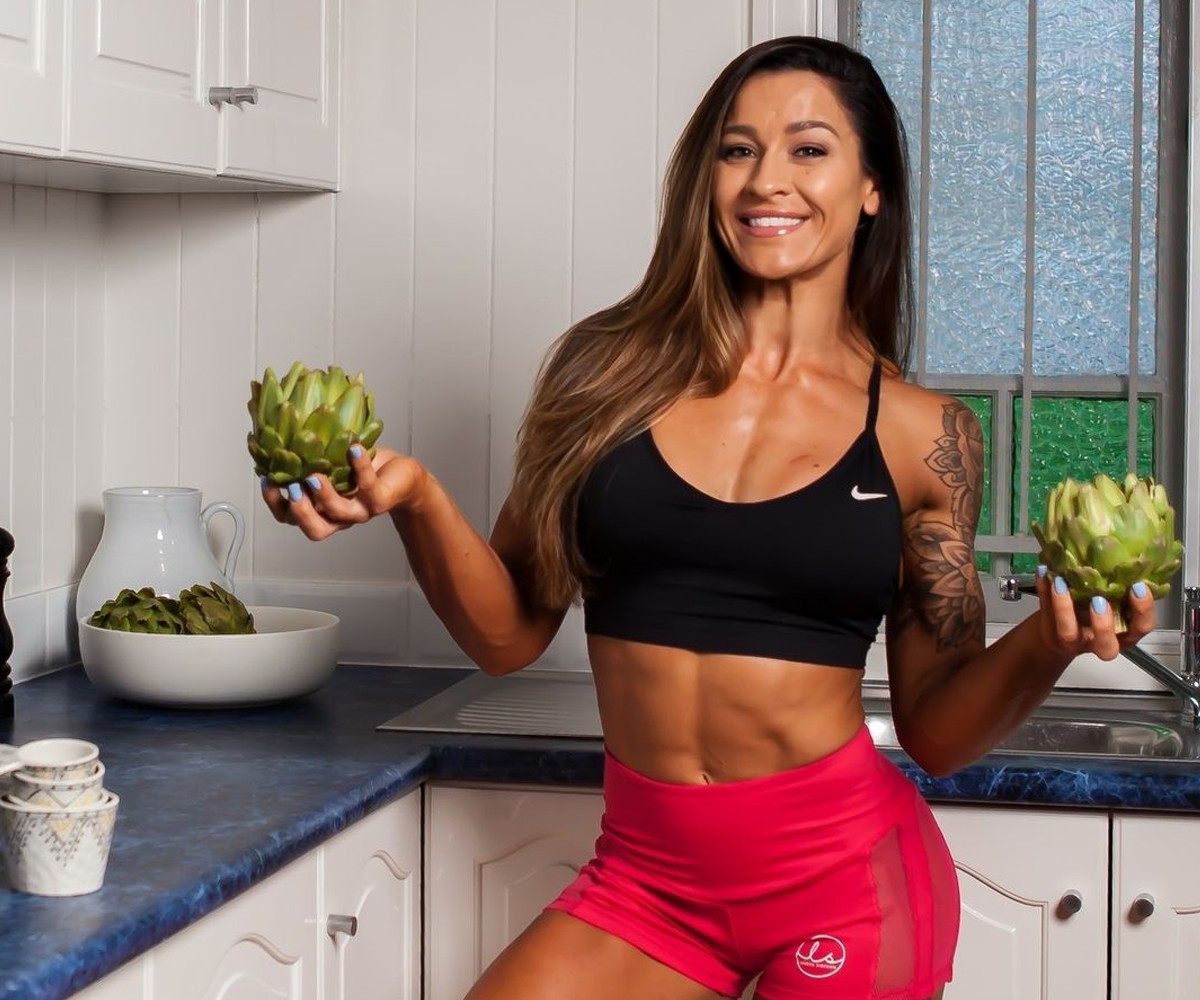
To define your goals, you should separate out what areas will be predominantly diet-based, and which areas need to be strategically targeted with exercise. This is a good activity to keep you on track, because if you trying to improve the appearance of your glutes and also chasing that “flatter tummy”, depending on the musculature you already have, you may or may not be able to do both at once. Keep in mind, that some people are fortunate enough to have quite a good muscle base underneath the fat.
These individuals have the most impressive physical transformations when they diet correctly because the loss of fat leaves behind the underlying muscle. However, a lack of muscle, whether it’s glutes or shoulders, will not be improved by fat loss but instead requires muscle gain. Everyone’s fitness journey is unique.
When you do define your goals, consider that the body should always be in a state of equilibrium. That is to say, if you want to improve the definition in your legs, don’t focus solely on your lower body, or just do leg extensions because you only see the front of your legs in the mirror.
If you have a target area, it's fine to put extra focus on that area in your program... just don’t fall into the trap of neglecting the rest of your body which can result in imbalances and injuries.
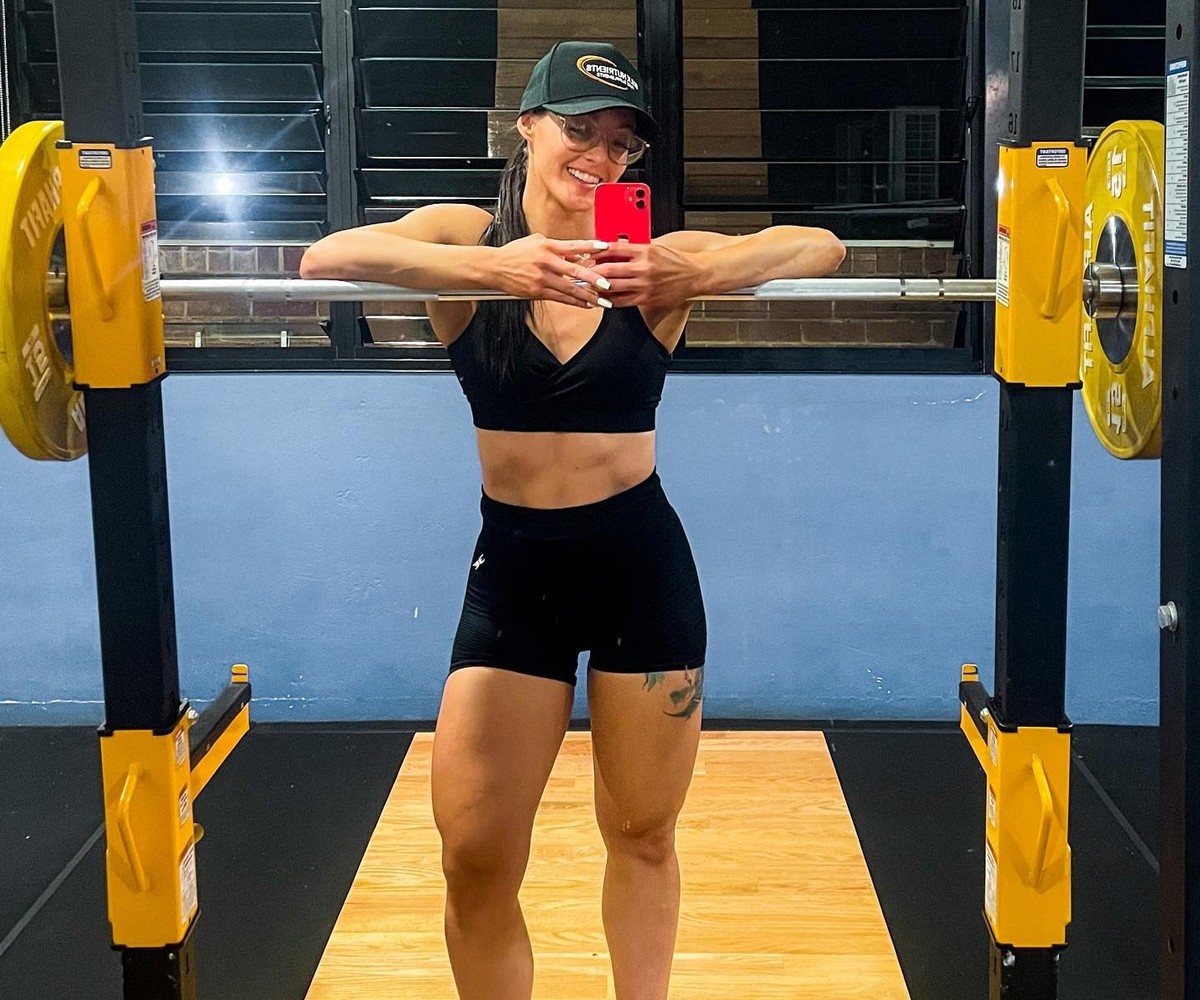
The answer is simple, men and women should be training the same way. While the type of exercise regime you choose needs to be goal specific, there is no reason that women should be doing the go-to “light weights and high reps” that are commonly prescribed to avoid “getting bulky”.
Unless your goal is power (Olympic weightlifting, sprinting) or endurance (marathons, cycling), it’s most beneficial to aim for strength and hypertrophy. Whilst the hypertrophy aspect focuses on your figure, gaining strength is beneficial in most circumstances.
What you really want to be taking into consideration is how can you most efficiently achieve your goal?
Resistance training is energy-intensive, which means that if you set up your programming correctly you can minimize the time you need to spend exercising. A lot of women who are “trying not to get bulky” often spend most of their exercise regime with a small amount of area-specific low-intensity, low-weight resistance training and a whole heap of low-intensity aerobic exercise (cardio).
While it's great that they’re exercising, and they’re likely to see minor improvements initially, it's far from efficient and is incredibly difficult to progressively overload to keep seeing improvements. Not to mention, for those needing to gain muscle to develop their figure, you’re walking an uphill battle (cardio pun intended).
That is not to say that cardio doesn’t have its place. Every program should have a cardio component, so don’t stray from a 10-20min cardio session to look after your aerobic fitness.
According to a recent review, in order to avoid a negative impact on strength training, cardio should be completed at the end of the training session. So hit the treadmill on the way out as your cool down.
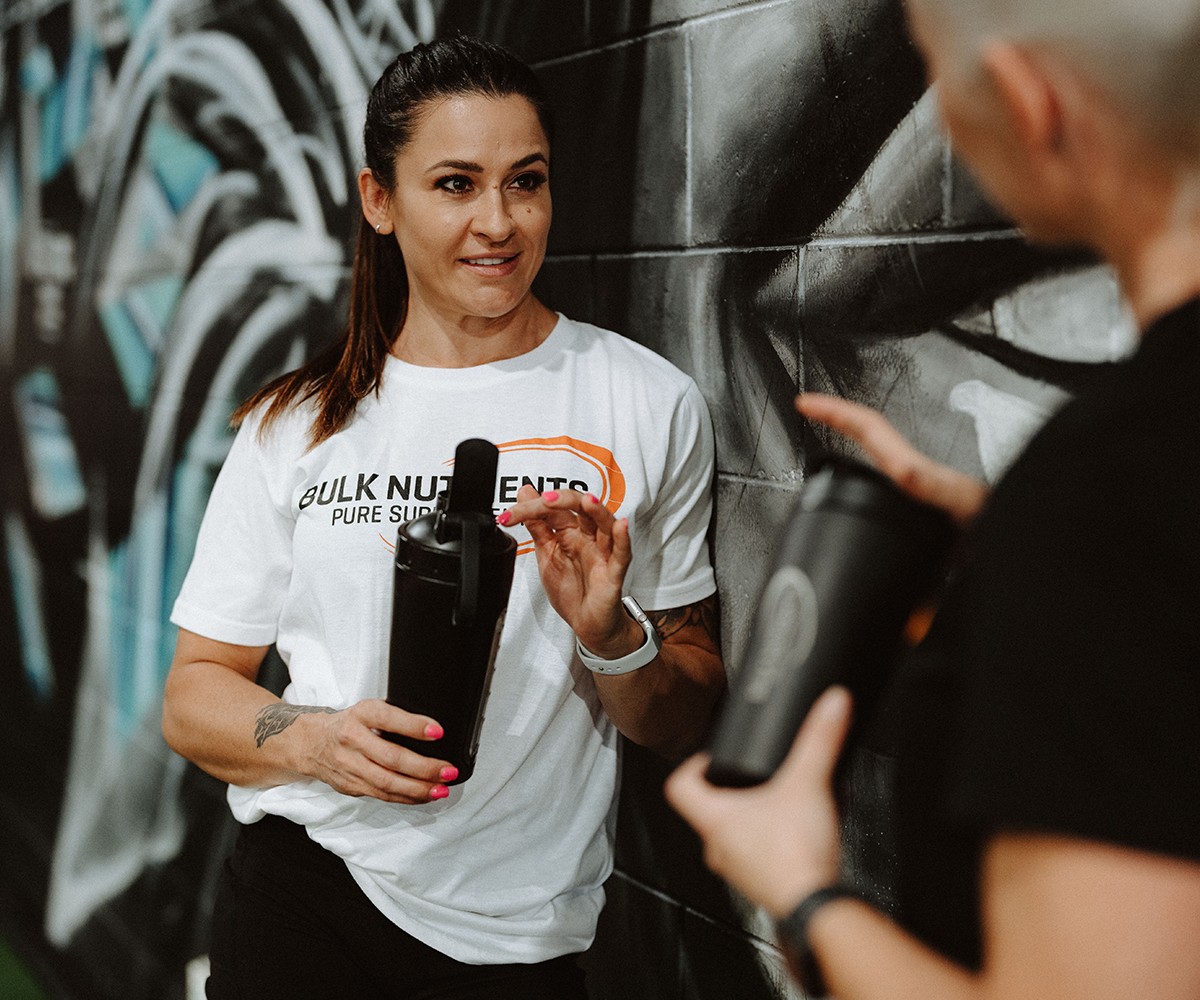
Participating in group fitness activities can be an excellent way to increase your fitness and burn fat while enjoying the social interactions of a group setting. This is particularly true of classes that involve a HIIT component, which not only improves cardiorespiratory fitness but has a significant effect on mental health, with studies reporting improvements in anxiety and depression.
However, if you’re working towards a particular figure, you might find it difficult to achieve that goal with group fitness classes alone. Lifting weights is by far the most efficient way to work towards a goal figure, so don’t discount it.


Ellie’s an absolute copywriting boss from Hobart, Tasmania!
She's an amateur powerlifter who's crushed it in several competitions, and she's got all the keto knowledge to keep her fuelled up for her workouts.
One thing you'll always find in Ellie's pantry is a jar of peanut butter - she's obsessed.

Posted by Dayne Hudson
Estimated reading time: 5 minutes

Posted by Dayne Hudson
Estimated reading time: 4 minutes

Posted by Bulk Nutrients
Estimated reading time: 2 minutes
With over 700 recipes and articles, the Bulk Nutrients Blog has something for everyone! Find a new workout, meet our ambassadors or take a deep dive into our products today.
We're an Australian manufacturer and supplier of high quality sports supplements.
Operating since 2008, Bulk Nutrients has become one of the premier Australian brands to supply nutritional products to top level athletes, competitors and those on a journey to a healthier lifestyle.
One thing that sets Bulk Nutrients apart is that we love to talk to our customers!
Whether you need product advice, help with the website or need a change made to your order... call us on +61 3 6266 4725.
If you prefer email you can email us day or night at info@bulknutrients.com.au
For online chat, hit the 'Chat' button in the bottom right hand corner of your screen and you'll be connected to one of our lovely customer service team.
Or if you'd like to get in touch through our online contact form, that's cool too!
Terms & ConditionsSustainability StrategyPrivacy PolicyPayment InformationSitemap
All prices are in Australian dollars (AUD) and include GST unless otherwise stated.
All content copyright © Bulk Nutrients 2008 - 2024